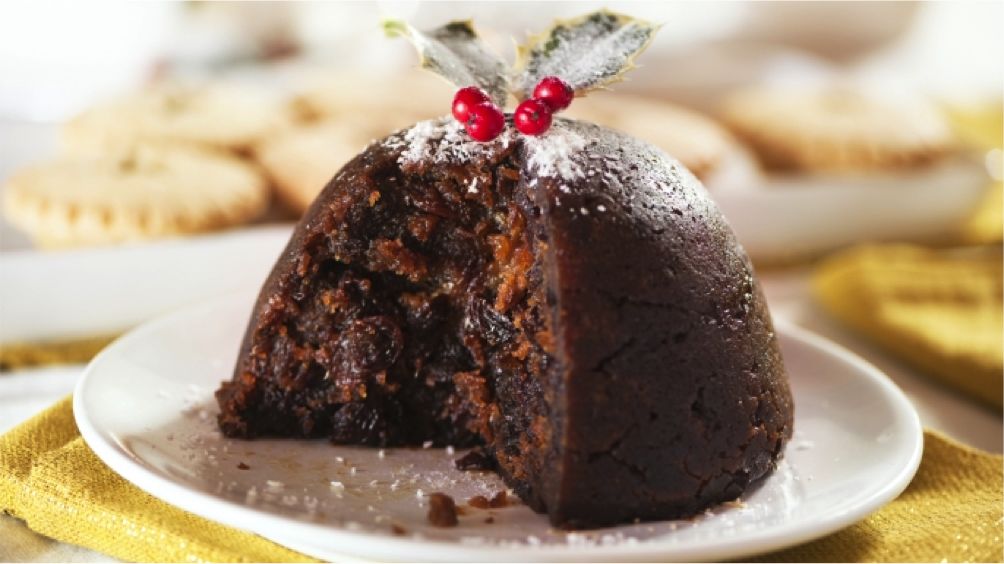The British Christmas tradition
The British Christmas tradition to many is a very special event. From all over the world people gather in the United Kingdom to participate in the festivities of Christmas. Let us guide you through the traditions of Christmas Eve, Christmas Day and Boxing Day.
On Christmas Eve carolers go from home to home ringing bells and singing famous Christmas carols like “The Holly and the Ivy” and “Hark! The Herald Angels Sing”. The carolers in turn are treated to typical Christmas dishes such as mince pies filled with nuts and dried fruits. Presumably the most famous carol service is A Festival of Nine Lessons and Carols, held in the candlelit chapel of King’s College in Cambridge (main image). It is broadcast on radio to 30 million listeners all over the world. The festival, for the first time held at King’s College in 1918, is based around nine Bible passages which tell the story of Christ’s birth, interspersed with modern and ancient hymns. The idea originated in Truro, Cornwall, where a service had been held since 1880 with the purpose of keeping men out of the pubs on Christmas Eve.
On Christmas Day families gather around for a traditional Christmas dinner, usually comprising roast turkey with cranberries, Brussels sprouts, parsnips, and roast potatoes. Best of all is the Christmas pudding: a cake-like dish filled with dried fruit and nuts (fig.1), usually decorated with a sprig of holly and doused in brandy. The Christmas pudding of today originates from the Victorian era, when cooks learned to preserve dried fruits and puddings could be shaped into spherical forms. The pudding is usually made at least four weeks before Christmas or even up to a year in advance.
1. A traditional British Christmas pudding, topped with a sprig of holly.
A colourful Christmas Cracker, a paper-covered tube, could also be found next to the plate at Christmas dinner (fig.2). When the end tabs of the tube are pulled, there is a loud crack, spilling out a paper hat, a riddle and a small gift. The London sweet-maker Tom Smith invented the Christmas cracker in the late 1840. Including riddles and gifts inside each cracker, he added the exploding ‘crack’ in 1860, which ultimately led to its name.
The day after Christmas day is called Boxing Day. The name of this holiday can be traced back to the Victorian era when Anglican parishes often displayed a box into which churchgoers would put donations for the poor. Another theory is that the aristocracy distributed presents in small boxes to servants and employees on this day, containing gifts, bonuses and sometimes left-over food from Christmas Day. This tradition survives today as people give presents or money to mail carriers, news vendors and others who have helped them during the year.
2. A brightly coloured Christmas Cracker.
Since December 26th is also the feast day of Saint Stephen, the patron saint of horses, Boxing Day has become identified with horse racing and fox hunting, the chase of a fox by horsemen with a pack of hounds. Exemplary is Antoni Piotrowski’s painting The hunting party (1880, fig. 4), in which several mounted riders gather, accompanied by a pack of hounds, ready to hunt a fox by scent. Dating from as early as the 16th century in England, the modern fox hunting took shape in the 19th century. Albeit the traditional fox-hunts were banned in 2004 on account of animal cruelty, modified forms of fox-hunting are still held throughout England and hundreds of Boxing Day meets take place every year.
3. Antoni Piotrowski, The Hunting Party, 1880. (Available at Simonis & Buunk)
For more curated antique & fine art also have a look at Gallerease!




